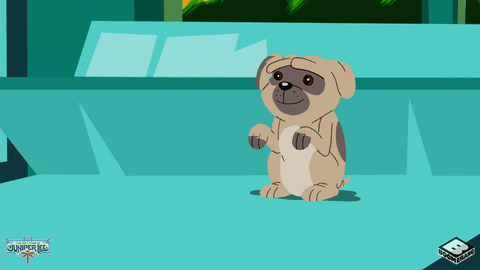
Huffing Henry
Emergent Literacy
Rationale:
This lesson will help children recognize /h/ and the phoneme represented by H. Students will learn to recognize /h/ in spoken words by learning a sound analogy (tired dog) and the letter symbol H, practice finding /h/ in words, and apply phoneme awareness with /h/ in phonetic cue reading by distinguishing rhyming words from beginning letters.
Materials:
Primary paper and a pencil, chart with “Henry the hot hound hated hawks.”, word cards with hug, hot, hop, hat, mug, dot, cop, fat, Old Hat New Hat by Stan and Jan Berenstain, Drawing paper and colored pencils. assessment worksheet identifying pictures with /h/.
Procedures:
-
Say “Today we will learn the letter h. We will work on how our mouths move to say /h/. We spell /h/ with letter H and it sounds like a tired hound dog huffing.”
-
Say “Next we are going to pretend like we are dogs who had to run super fat to get away from a hawk that was chasing him. What sounds do dogs make when they are worn out? /h/, /h/, /h/. Your mouth should be slightly open, pushing air from your lungs out past your lips. Just like the /h/ sounds when you make it, it is also how a dog sounds when he is out of breath.”
-
Say “Now I am going to show you how to find /h/ in the word help. I am going to stretch help out in super slow motion and I want you to listen for my huffing dog sound. Hh-e-l-p. Now slower hhhhhhh-e-l-p. There it was! I had my mouth slightly open and air was pushing up from my lungs out of my mouth like a huffing hound.
-
Say “Now let’s try a tongue tickler (on chart). Henry is a furry dog. He loves to play outside but he gets hot from running away from hawks all day. Here is our tongue tickler: “Henry the hot hound hated hawks.” Let’s say it three times out loud. Now this time, say it again but stretch out the /h/ at the start of the words. “Hhhenry the hhhot hhhound hhhated hhhawks.” Try it again and now separate it off from the word: “/h/enry the /h/ot /h/ound /h/ated /h/awks.”
-
(Have students take out primary paper and a pencil). Say “We use the letter H to spell /h/. First, we are going to write the uppercase letter H. Start at the rooftop and write a straight line all the way down to the sidewalk. Make another straight line just like it beside it with a little space in between them. Connect the two straight lines with a horizontal line through the fence. Now let’s write the lowercase h. Start with a line at the rooftop and bring it down to the sidewalk. Then, make a curved line from the fence of that line to the sidewalk to complete the lowercase h. After I check both, continue writing 6 more just like it.”
-
Ask the students how they knew the phoneme and call on them to answer and tell me if they hear /h/ in cold or hot? Kiss or hug? Happy or sad? Hit or kick? Now say “Let’s see if you can spot the mouth move /h/ in some words. Pant like a dog if you hear /h/ in hop, heavy, talk, heart, note, play, hedgehog.”
-
Say “Now that we know how to write the letter H and the sound that it makes, let’s look at this book to help us practice the letter. In Old Hat New Hat by Stan and Jan Berenstain this bear has a really old hat and needs a new one. Will his bear friends help him find a new hat that is just right? Let’s read and see. [Read aloud and be sure to show pictures.] Now on a sheet of paper draw a hat that is perfect for you!” At the end of the lesson display their work.
-
Now use word cards with the word hot and model how to decide if it is hot or dot. “The H tells me to huff like Henry the hound, /h/, so this word is hhh-ot, hot. Now you try some. Once I show you a card I will give you two options and you have to tell me which one is correct. Is this word hug or mug? Is this word cop or hot? Is this word hat or fat?
-
For assessment, distribute worksheet. Students color the picture that start with the letter H. Call on students individually to read the phonetic cue words from step 8.
References:
-
Murray, Bruce. (2012). Making Sight Words.
-
Assessment worksheet: https://www.kidzone.ws/kindergarten/h-begins2.htm
-
Berenstain, S., & Berenstain, J. (1970). Old Hat, New Hat. New York: Random House.
-
Reference: Myler, Erin, “Huffing Hounds with H” https://erinmyler.wixsite.com/mysite/emergent-literacy-design
